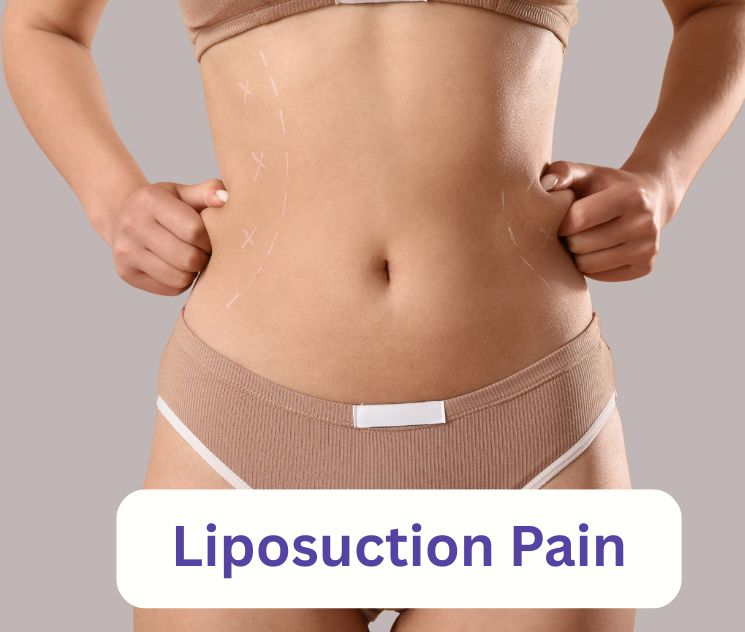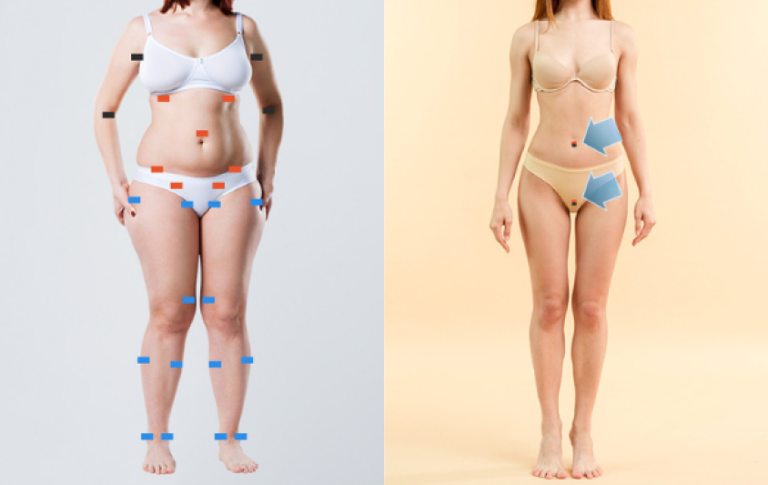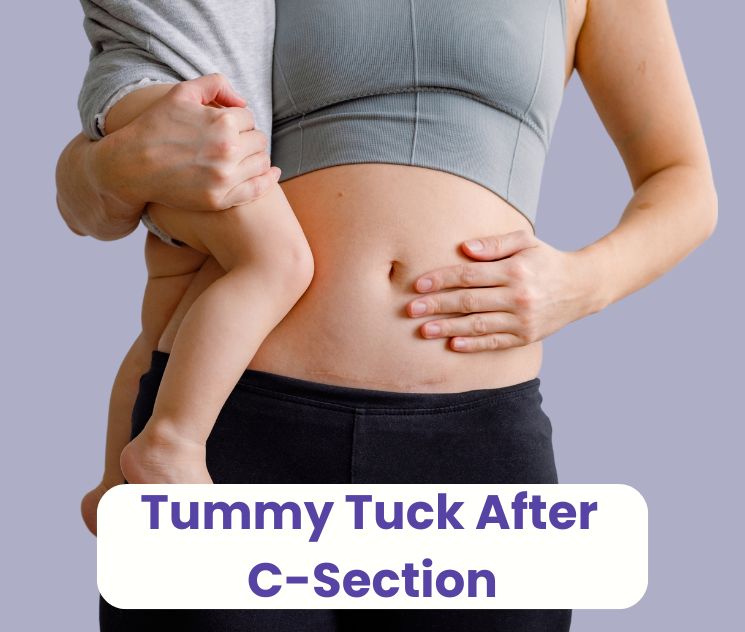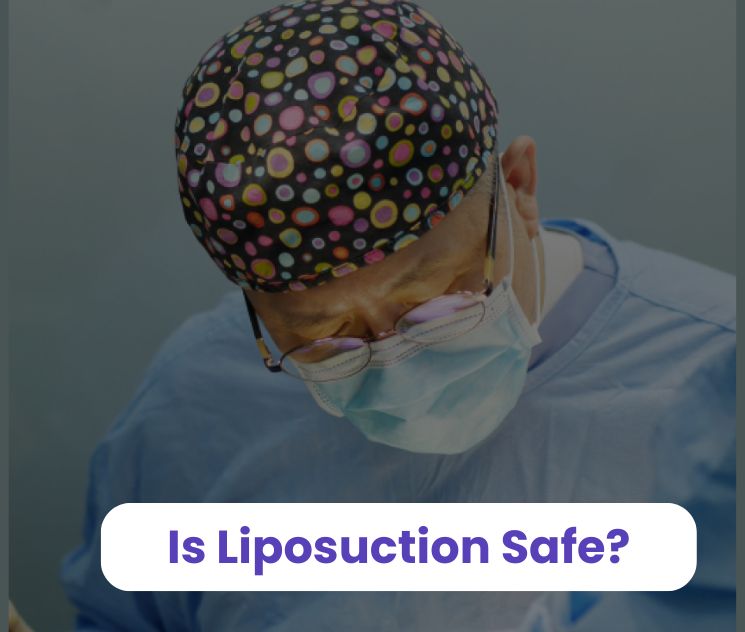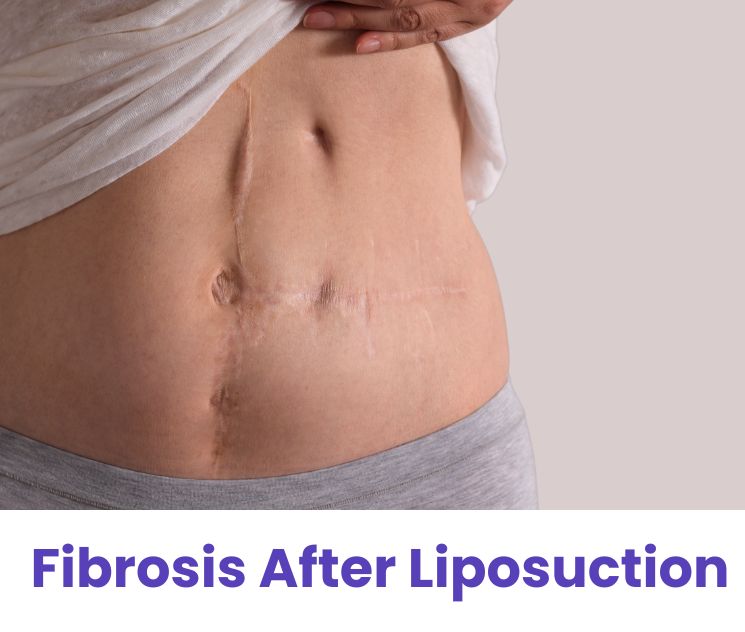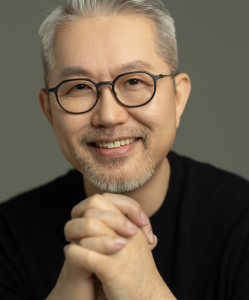Achieving your desired physique without putting in the same effort as others can feel like a blessing. But as with any blessing, it comes with its fair share of challenges and sacrifices. It’s natural to have concerns about the procedure, pain, and recovery, especially since liposuction is a permanent procedure that needs to be done right the first time. So, let’s address one common question: does liposuction hurt?
There’s no denying that all surgical procedures involve some level of pain, even with the most skilled surgeons and the latest techniques. The perception of pain, however, depends on several factors, such as the scale of the procedure, type of anesthesia, surgical technique, the surgeon’s expertise, and individual pain tolerance.
While liposuction does involve some discomfort, it’s not as severe as major surgeries that require deeper incisions or cutting through large muscle tissue. The pain is manageable and can be effectively controlled during recovery. Here, we’ll address all your pain-related concerns regarding the liposuction procedure to help you feel more informed and prepared.
Contents
- 1 Understanding Liposuction Procedural Pain and Anesthesia
- 2 How Much Pain Will I Be in After Liposuction?
- 3 Factors Influencing Pain in Liposuction Procedure
- 4 Setting Realistic Pain Expectations
- 5 How Long Does It Take to Recover from Liposuction?
- 6 Tips for Managing Pain and Enhancing Recovery after Liposuction
- 7 What Not to Do After Liposuction?
- 8 When to Consult a Doctor?
- 9 Avoid Pain by Choosing an Expert Surgeon
- 10 Frequently Asked Questions
Understanding Liposuction Procedural Pain and Anesthesia
Cosmetic surgeries are becoming more sophisticated with modern advancements in tools and techniques, making the whole surgical experience smooth with elevated comfort levels. Although it is typical to experience mild to moderate pain after liposuction, the pain however only lasts a few days. To understand and address the pain beforehand, we must clarify aspects that enable the discomfort in the first place.
Anesthesia, being one of those aspects, plays an important role in alleviating the procedural pain, with options ranging from local to general. However, the type of anesthesia to be employed depends on the area of treatment, as areas with more nerve endings will be more painful than areas with fewer. The scale of the procedure also plays a significant role while deciding the type and dosage of anesthesia. Addressing these concerns with proper communication can relieve any doubts and apprehension regarding the procedure.
How Much Pain Will I Be in After Liposuction?
Even though the surgeons preferably discuss the clients’ concerns beforehand and prepare for the process accordingly, there are still chances that they may experience slight discomfort after the liposuction treatment. This discomfort can occur immediately after the procedure or during the recovery period. The level of pain experienced varies from person to person and often depends on the amount of fat removed.
Pain is typically more intense during the initial days following the surgery. During this time, swelling and bruising around the incision sites are at their peak. However, the discomfort should not be so severe that it prevents basic activities such as walking or reading. The pain often begins as the anesthesia wears off and may persist for a few days before gradually subsiding.
Factors Influencing Pain in Liposuction Procedure
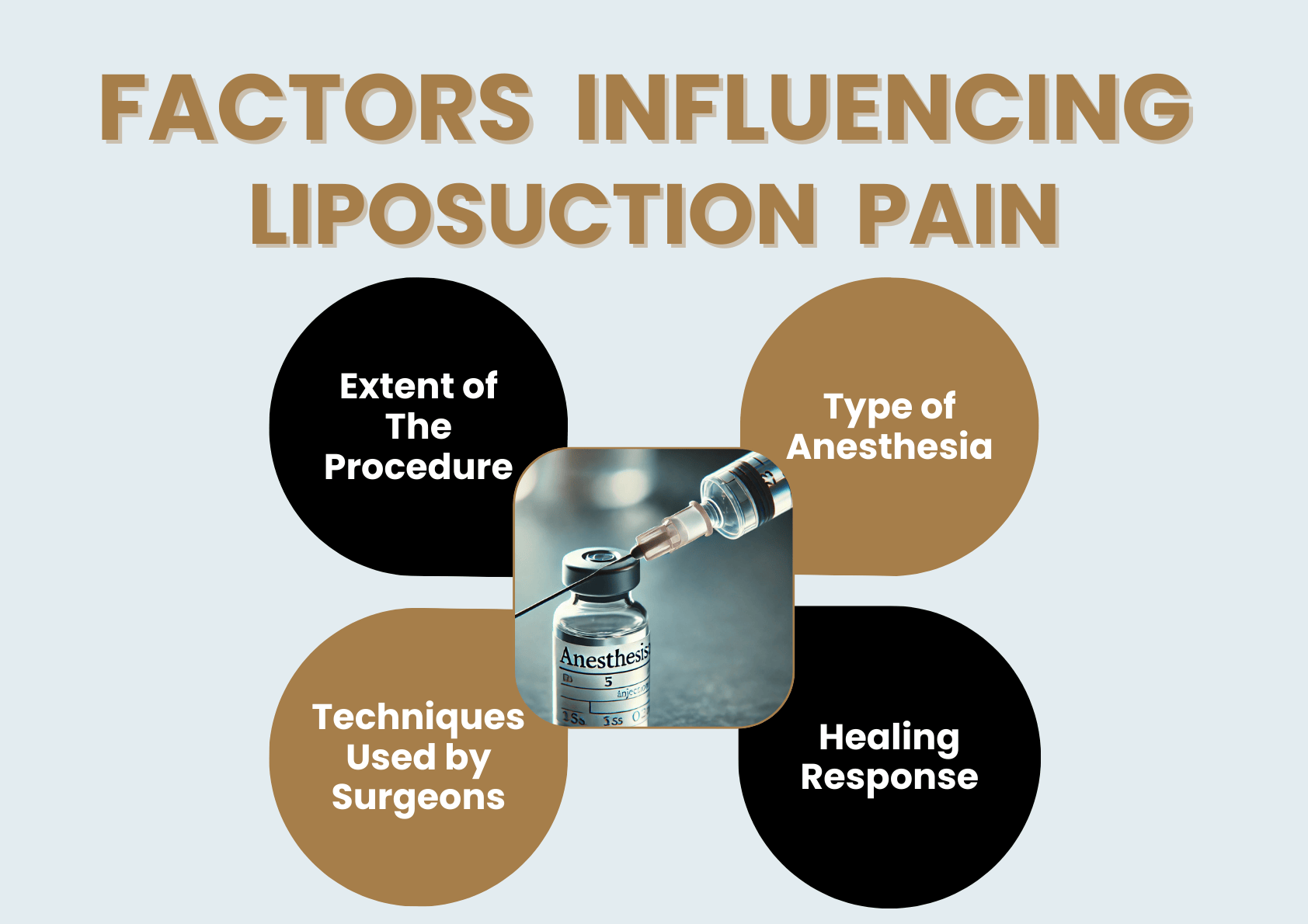
There can be a lot of factors at play that dictate the possibility of pain involved during the liposuction procedure. These factors may include:
- Extent of the procedure: Larger surgical areas cause more trauma due to the increased scale of the procedure, leading to more discomfort than smaller ones.
- Type of anesthesia: Anesthesia depends on the procedure’s scale and the patient’s pain tolerance. Local or regional anesthesia is common for minor surgeries, while general anesthesia may be needed for extensive fat removal, which can last longer and cause post-surgery disorientation.
- Techniques used by surgeons: Patients should carefully consider the techniques used by surgeons, as these vary by surgeon and may involve different tools. Some techniques require more incisions, or can cause greater trauma. Furthermore, if the surgeon lacks experience, the procedure may involve excessive back-and-forth movements with the cannula, potentially leading to increased discomfort or pain.
- Healing response: Healing on each individual varies based on their body’s response to trauma, immunity, and overall health.
Setting Realistic Pain Expectations
Research published in the Journal of the American Society of Plastic Surgeons suggests setting realistic expectations is crucial for long-term success. Understanding the liposuction process and its aftermath helps manage pain, recovery, and the overall experience more smoothly. Keep these things in mind when considering the procedure:
- Pain is only temporary: Post-liposuction pain can only last a few days, and following the prescribed medication and post-operative instruction can help mitigate the discomfort substantially.
- Communication helps: Open communication with your surgeon about pain tolerance, medical conditions, and other concerns helps tailor the anesthesia and pain management plan.
- Patient responsibilities: Recovery depends on following the surgeon’s post-operative instructions, such as wearing compression garments, avoiding alcohol and nicotine, adopting a positive lifestyle, and attending follow-ups.
- Focus on long-term results: Avoid getting distracted by minor details and prioritize the procedure’s long-term benefits for smoother recovery and better outcomes.
How Long Does It Take to Recover from Liposuction?
- Liposuction Recovery: Week 1
The first week of recovery is the most challenging, with common pain and fatigue. However bruising and swelling usually begin to subside within a few days. After the first week, you can resume light activities or office work, avoiding heavy tasks. - Liposuction Recovery: Week 2
The second week brings relief as bruising and swelling continue to decrease, leaving minimal discomfort. Body contour changes also become more noticeable. Patients can typically resume moderate exercise by the end of this week, but it’s best to get clearance from the surgeon first. - Liposuction Recovery: Week 3-6
By this stage, most swelling and bruising subside, and pain and discomfort are usually gone too. However, wearing compression garments remains essential for optimal results. - Long Term Recovery
Final liposuction results typically become visible after 3 months or more, with all discomforts resolved and the skin of the treated areas adjusting to the new contours. While the results can be satisfying, maintaining them however requires a strictly healthy lifestyle. A balanced diet and regular exercise will help you retain that aesthetic look over the long term.
Tips for Managing Pain and Enhancing Recovery after Liposuction
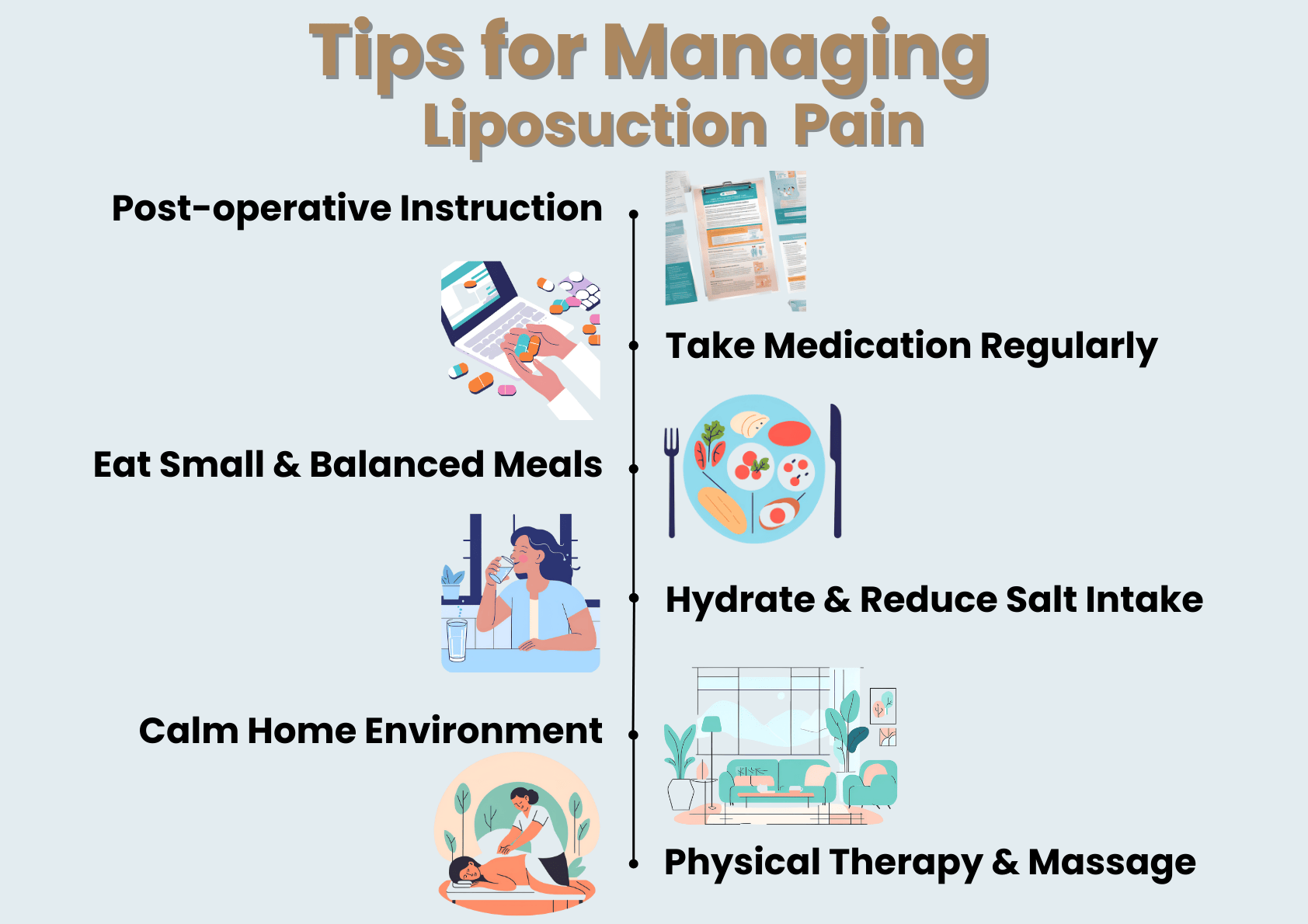
- Follow post-operative instruction
For better recovery and optimal results, you must follow the recommended post-operative instructions. Wearing compression garments assists in shaping the treated areas by avoiding shagging, while taking proper care of the incision will prevent any possible infections. Taking time off of work for a few weeks can help reduce activity levels and contribute to quicker recovery. - Medication
Taking prescribed medication reduces inflammation, alleviating pain and discomfort during recovery. This helps you stay calm and maintain your daily routine without distractions. - Eating small and balanced meals
Breaking larger meals into smaller, nutritious portions can help you stay more active, minimize discomfort, and promote faster recovery by providing consistent energy and essential nutrients. - Hydrate and reduce salt intake
Staying well-hydrated supports efficient healing while reducing salt intake minimizes bloating and fatigue. It also helps maintain stable blood pressure, reducing risks during liposuction recovery. - Create a calm home environment and a positive lifestyle
It’s best to arrange your living space to create a calm and comforting environment, which will reduce stress and let the body recover naturally. Ensuring easy access to the daily essentials can also contribute greatly. - Physical Therapies and Body Mobilization
Therapies like Lymphatic Drainage Massage help reduce swelling and inflammation and improve healing by enhancing lymphatic circulation. Light mobilization exercises can also ease discomfort, improve nerve alignment, and speed up recovery.
What Not to Do After Liposuction?
While we’ve focused on what patients should do for optimal recovery, it’s equally important to understand what to avoid for the best liposuction results. Avoiding alcohol and nicotine before and after surgery is crucial, as they can hinder recovery, increase infection risks, and cause complications with blood clotting and oxygen flow.
Although light exercise may be recommended early in recovery, heavy activities that could delay healing or affect the final results must be avoided. By following these precautions, you can ensure a smoother recovery and achieve the desired outcome.
When to Consult a Doctor?
While mild to moderate pain, swelling, and bruising are normal after liposuction, you should consult a doctor if the pain becomes severe, persistent, or progressively worse beyond the expected recovery timeline (typically a week or two). Other warning signs include fever, excessive redness, warmth around the treated area, a noticeable lump after liposuction that persists for weeks, unusual drainage, or difficulty breathing, which may indicate infection or complications like blood clots. Timely medical evaluation can help identify and address potential issues, ensuring a safe and smooth recovery.
Avoid Pain by Choosing an Expert Surgeon
Imagine having all your concerns addressed, leaving you to focus solely on finding the right clinical expert for your liposuction. Sounds ideal, doesn’t it? Learning what to look for beforehand can help you choose the best clinic for your procedure.
The surgeon’s expertise, approach, and the tools used play a crucial role in your comfort, recovery, and results. At Lydian Clinic, we’ve got you covered for liposuction in Korea! With over 23 years of experience and more than 20,000 successful surgeries, our lead surgeon, Dr. Abraham An, is ranked among South Korea’s Top 18 Aesthetic Plastic Surgeons.Our specially designed custom cannulas allow for tailored treatments, ensuring increased fat removal with less trauma, smooth contours, and a beautifully toned physique.
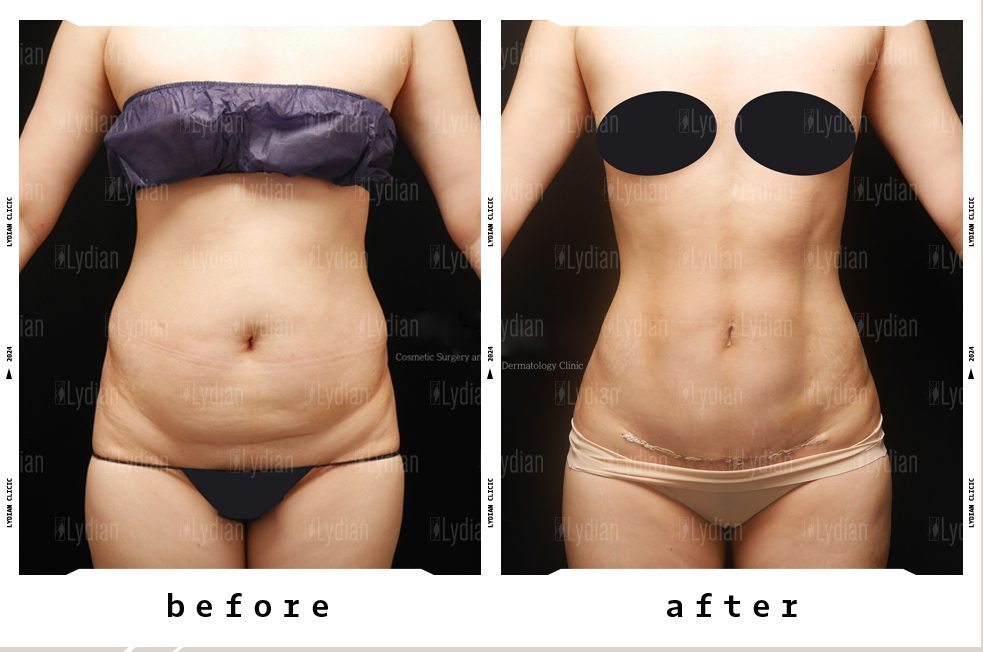


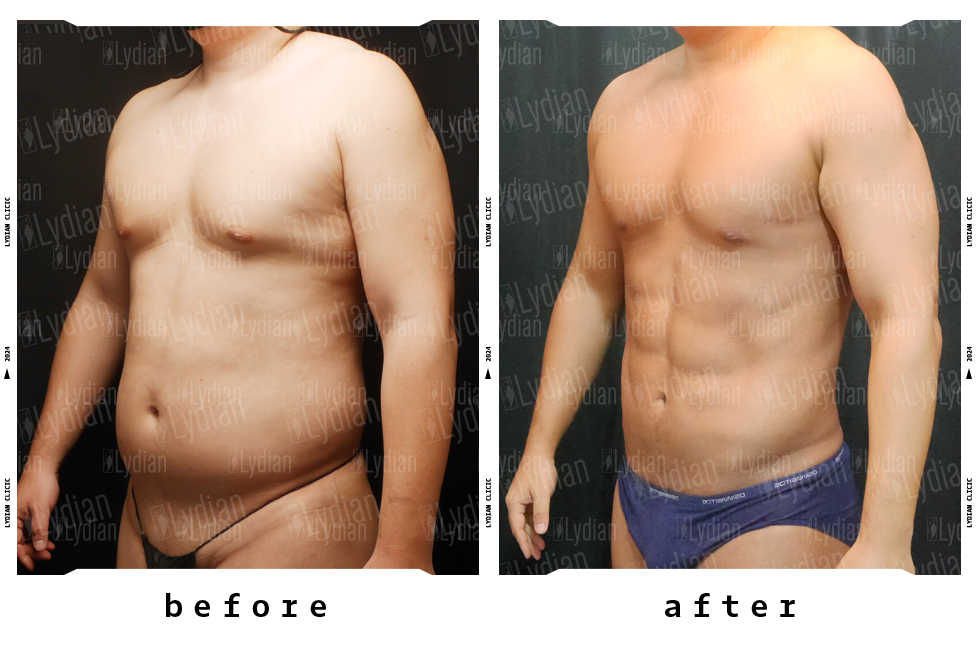






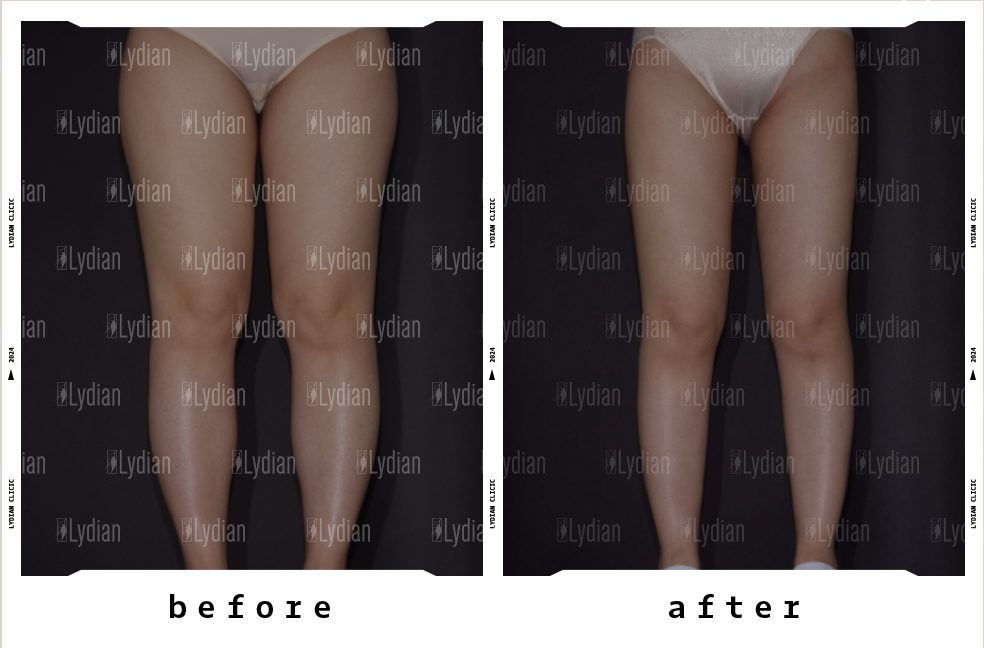

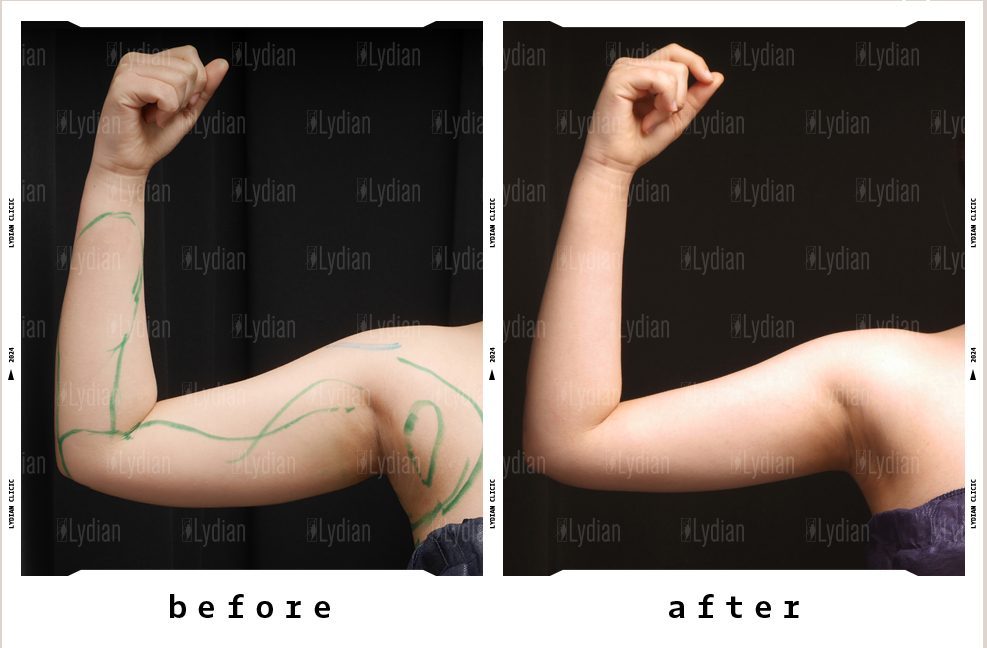
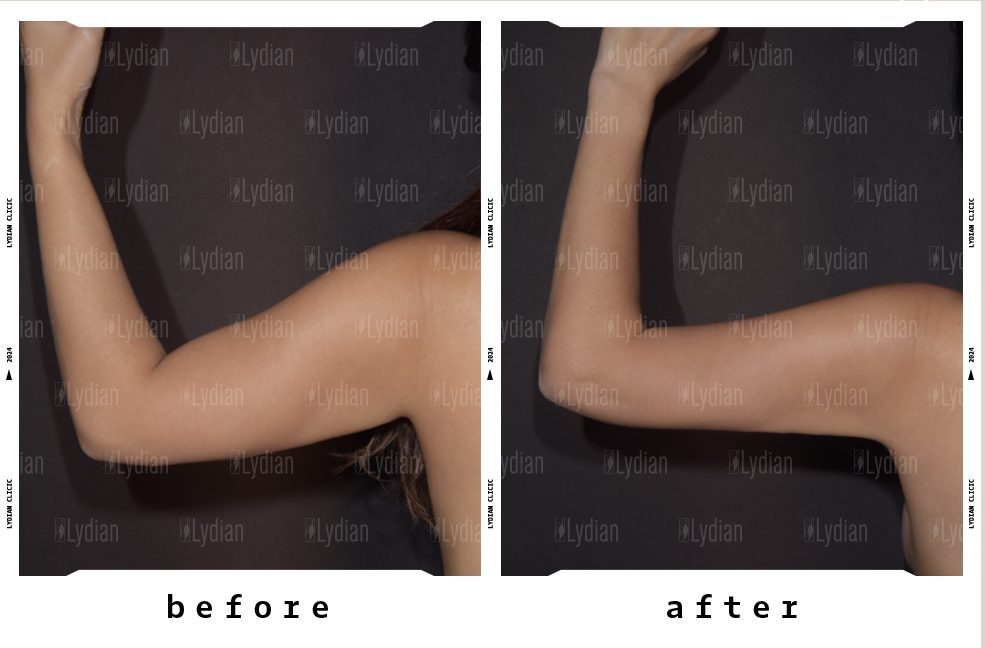
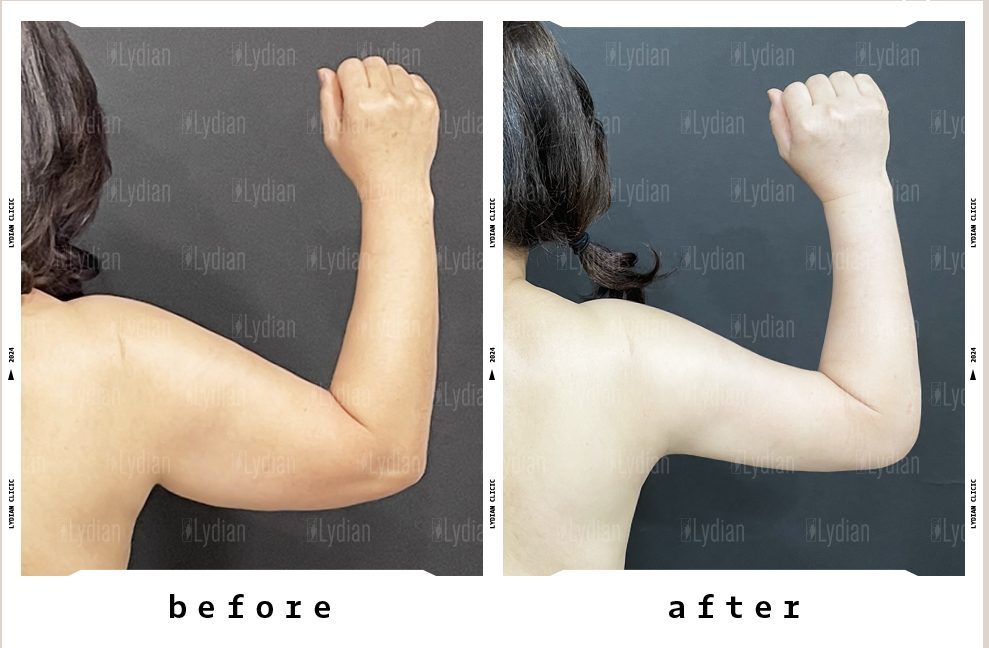

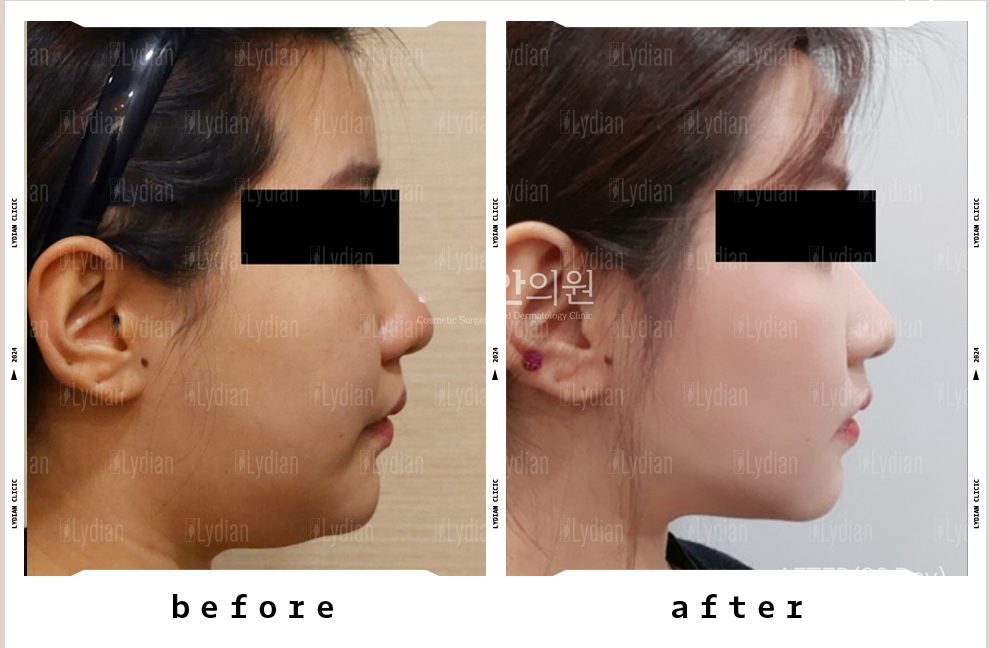
Frequently Asked Questions
While liposuction is a surgical procedure that carries some risk, it is generally considered safe, with a complication rate of only 5%, most of which involve minor issues.
The most intense pain after liposuction typically occurs in the first few days. It significantly decreases within a week or two and usually subsides almost entirely by the one-month mark, though this can vary depending on the individual and procedure extent.
Most patients describe liposuction pain as mild to moderate, typically rating it between 3 and 6 on a scale of 1 to 10. This discomfort usually subsides as bruising and swelling begin to decrease.
Body areas with more nerve endings, such as the inner thighs, abdomen, neck, and flanks, tend to be more painful for liposuction compared to areas like the outer thighs or back of the arms. However, anesthesia is administered to minimize pain during the procedure.
Although pain after liposuction can’t be entirely avoided, your doctor can prescribe medications and provide clear post-operative instructions to help minimize it effectively.

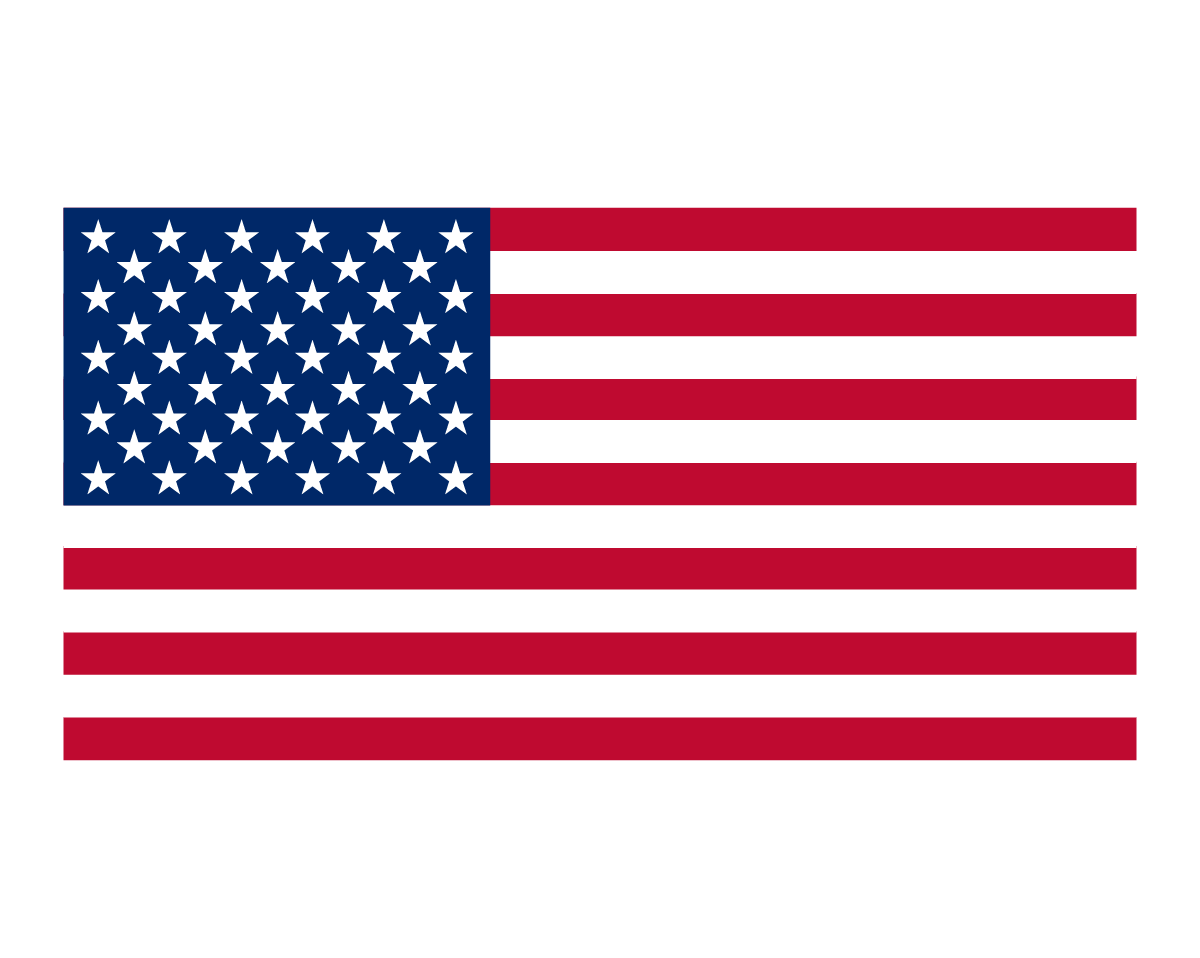 English
English 日本語
日本語 中文网站(繁体)
中文网站(繁体) Русский
Русский Bahasa Indonesia
Bahasa Indonesia ภาษาไทย
ภาษาไทย Tiếng Việt
Tiếng Việt 대한민국
대한민국
